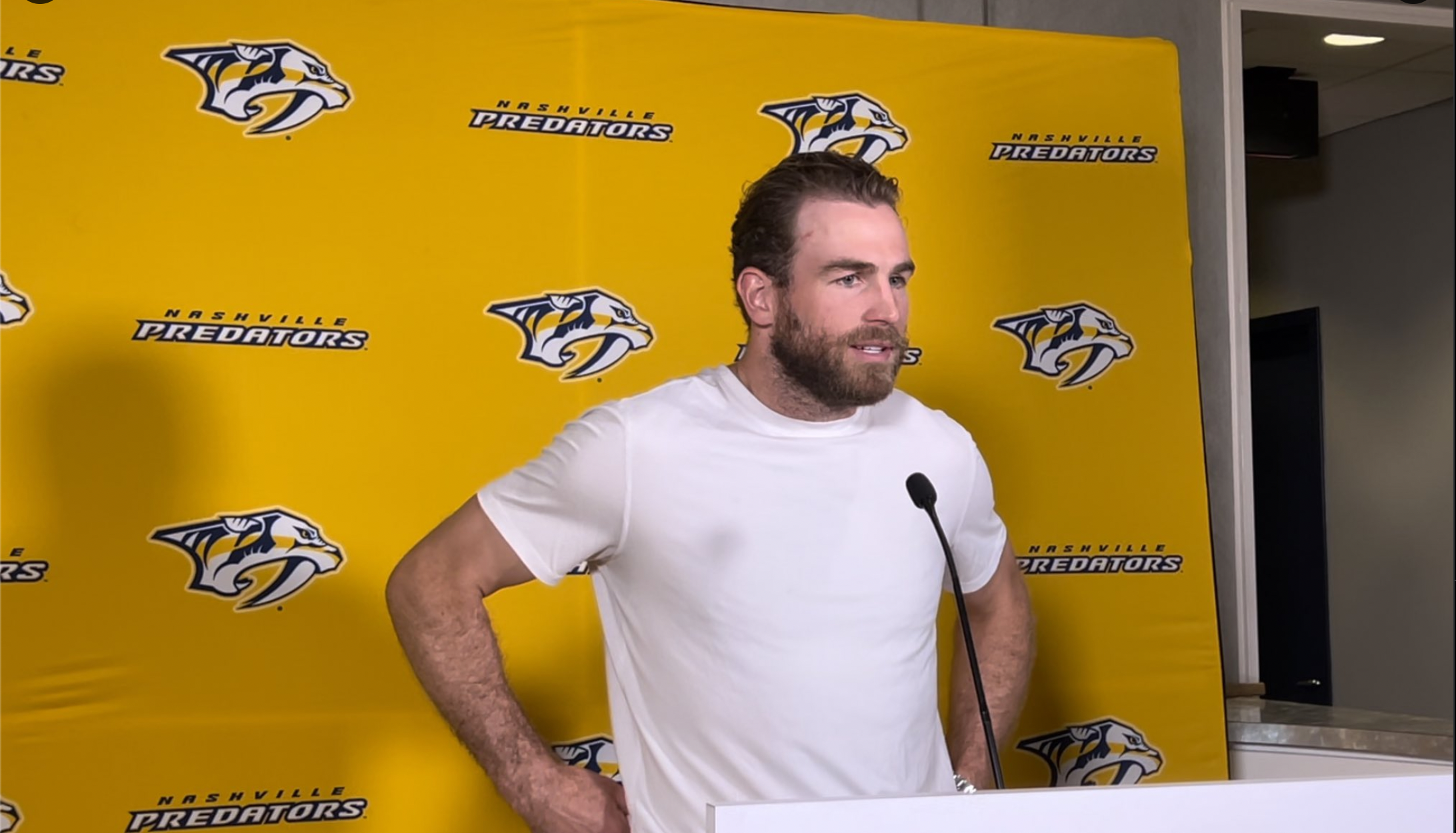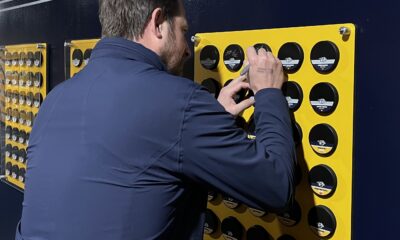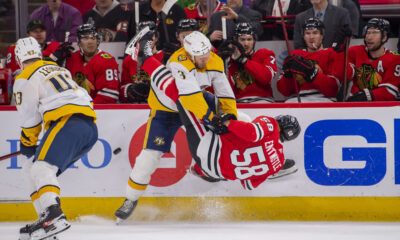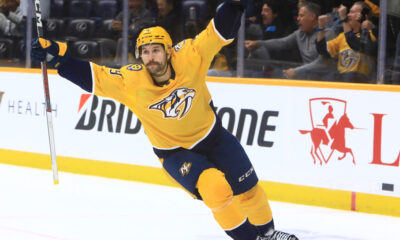In an offseason where “culture” has become the main buzzword around the Nashville Predators, it’s no surprise Barry Trotz went all out to sign Ryan O’Reilly. The 32-year-old brings an incredible pedigree to Nashville; he’s a Stanley Cup Champion and Conn Smythe winner with 65 points in 75 career playoff games. He’s a Selke winner widely-regarded as one of the best two-way players of the past decade. He’s a former captain often cited as a locker room-leader and a model teammate, someone the Preds would love to have in their locker room mentoring their up-and-coming young players.
There’s little doubt O’Reilly will have a positive impact on the Preds’ locker room culture. His impact on the ice, however, might depend on which version of O’Reilly the Preds signed to a four-year deal worth $4.5 million annually: the version who – halfway through last year – was on pace for his worst statistical season since his second year in the league, or the version who found a second wind after a deadline deal to Toronto.
The answer to that question, and where the Predators are as a team in four years, will ultimately decide whether O’Reilly’s contract was a shrewd move by Trotz or an overpay for a player who’s shown signs of declining.
What O’Reilly Brings to the Predators
Let’s start with the aspect of O’Reilly’s game for which he’s best known for: his two-way game. One of O’Reilly’s biggest strengths – and a major reason he’s earned the reputation as an elite defensive forward – is his overall awareness, especially without the puck. He’s constantly moving around the center of the ice, changing positions based on where the puck and his teammates are, making sure he’s ready to either jump into the play or transition to defense depending on the play.
The montage below from Sportsnet shows a good breakdown of O’Reilly’s awareness in action. When he sees both of his forward linemates skating below the goal line, he quickly turns and skates back to the slot so Toronto doesn’t get caught on the odd-man rush. In another clip, when O’Reilly realizes he has support from both defenders and another linemate, he jumps into the play to join the forecheck and forces a turnover. And later, when he sees a defender jump into the play, he quickly pivots back towards the blueline to defend, then when the defender returns to his position, O’Reilly quickly jumps back into the play towards the net and winds up with a quality scoring chance.
Another thing that makes O’Reilly a tough defender is, as Scott Hartnell once described it, his “heavy stick.” O’Reilly is powerfully strong with his stick, which allows him to win the majority of his puck battles. In many cases, like the below play from last year’s playoff series against Tampa Bay, those puck battle-wins can turn an opponent’s breakout or odd-man rush opportunity on its head, leading instead to a prime scoring chance for his team.
O’Reilly is also incredibly stingy with the puck, and notably possess one of the most (positively) insane takeaway-giveaway ratios of the past decade. Since 2017, O’Reilly has been credited with 367 takeaways to just 154 giveaways. To put that in perspective, Patrice Bergeron, who has four Selke Trophies in that span, has just 251 takeaways to 147 giveaways in that span. Sure, there’s more to being a great defensive forward than just those stats, but it does showcase the fact that you’re A.) going to see O’Reilly force opponents into a lot of mistakes, and B.) rarely going to see him be careless with the puck.
Offensively, O’Reilly has racked up some decent scoring totals during his career (although his numbers have dipped significantly over the past two seasons.) He’s not what you would consider a traditional playmaker, but he’s a decent set-up man capable of making good passes in tight spaces. O’Reilly’s biggest trademark in the offensive zone is his desire to get to the net. You’ll often see him force the puck into high-danger areas or crash the net on odd-man rushes in search of rebounds and second-chance opportunities. Because of that, a lot of O’Reilly’s goals happen in high-danger areas right around the crease.
If there is a downside to O’Reilly’s game, it’s that he doesn’t have prime speed, which considering Trotz and Brunette’s frequent sentiments about “getting faster” this Summer, could complicate matters. At the very least, O’Reilly doesn’t have the skating skills to handle the transition game himself or beat defenders one-on-one. That means Brunette will need to be mindful about surrounding O’Reilly with the right linemates to provide him support to move the puck up ice.
O’Reilly’s Fit on the Predators
O’Reilly’s versatility makes him a prime fit for the new look Preds because Brunette can use him a variety of different ways. He’s skilled enough to be a decent first line center option if needed, but he also has the right skillset to drop back into a middle-six anchor role if someone like Cody Glass or Tommy Novak can step up into that 1C role instead. Where he starts the season could depend on whether Brunette wants to load up his top line with an O’Reilly-Filip Forsberg pairing or split the two to create more depth in the lineup. Regardless, expect O’Reilly to be a main option on both the power play and penalty kill, as well as the go-to option for key faceoffs late in the game.
Long-term, the Preds are banking on O’Reilly staving off that dreaded “sharp decline” just long enough for younger players to get up to speed and eventually take over the top center roles, which will allow O’Reilly to spend his last couple of years with the Preds in a (likely, at the time) more-appropriate support role.
At least we know, if nothing else, he can fill the musical void left by Matt Duchene’s departure.












